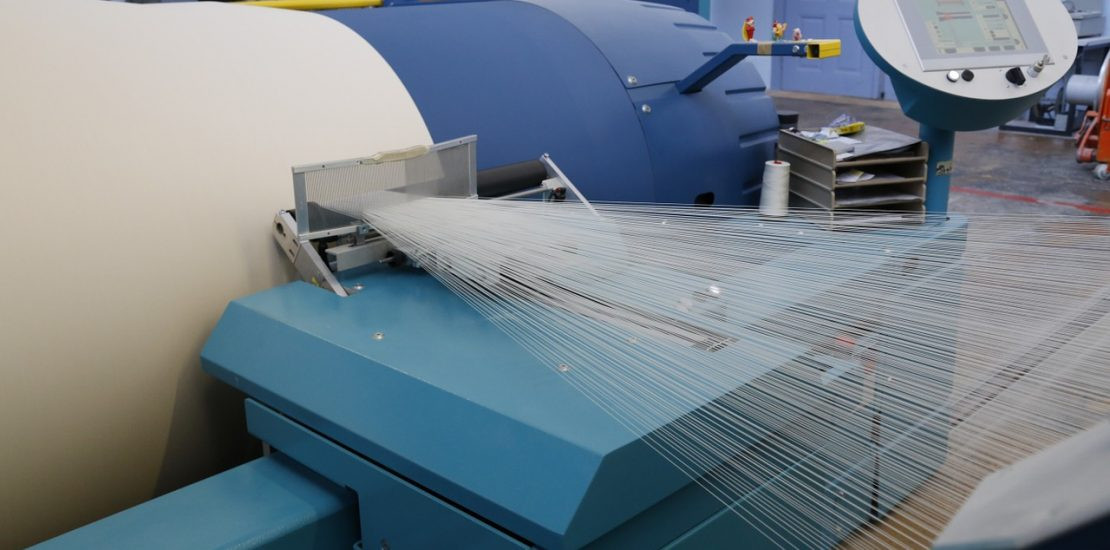Investing in textile industry in india
- Under Union Budget 2017-18, the government has allocated US$ 7.76 million for setting up integrated parks in India.
- Free trade with ASEAN countries and proposed agreement with the European Union will boost exports.
- Abundant availability of raw materials such as cotton, wool, silk, jute and humanmade fibres.
- Comparative advantage in terms of skilled human resources and cost of production over major textile producers across the globe.
- Focused and favourable policies instituted by the government will give the industry a fillip.
- Presence of entire value chain for textile production beginning from production of natural fibre to the production of yarn, fabric and apparel within the country giving an edge over countries like Vietnam, Bangladesh etc.
- Readily available market, which is poised to grow in future with increased penetration of organized retail. Favourable demographics and rising income levels.
- The Integrated Skill Development Scheme aims to train over 2.675 million people up to 2017, covering all sub-sectors of the textile sector- textiles and apparel, handicrafts, handlooms, jute and sericulture.
- The Centers of Excellence focused on testing and evaluation as well as resource centres, and training facilities set up.
- Growth in building and construction will continue to drive demand for non-clothing textiles.
- Government is making huge investments under Scheme for Integrated Textile Parks (SITP)-(US$ 184.98 million) and Technology Up-gradation Fund Scheme (TUFS)-(US$ 259.79 million released by Ministry of Textiles in FY17) to encourage more private equity and to train a workforce.
Market Overview
- The size of India’s textile market as of July 2017 was around US$ 150 billion, which expected to touch US$ 250 billion calls by 2019, growing at a CAGR of 13.58 per cent between 2009-2019.
- It is rising per capita income, higher disposable incomes, favourable demographics and shift in preference for branded products.
- Increase in participation of women in the workforce and awareness about hygiene & safety by Indian consumers.
- We are changing lifestyles and increasing demand for quality products set to fuel the need for apparel.
- Production of raw cotton in India grew from 28 million bales in FY07 and further increased to 35.1 million bales in FY17. Human-made fibre has also been on an upward trend, and yarn grew to 5,662 million Kgs in FY17 from 4712 million Kgs in FY11, implying a CAGR of 3.11 per cent.
- India’s home textile industry expected to expand at a CAGR of 8.3 per cent during 2014–21 to US$ 8.2 billion in 2021 from US$ 4.7 billion in 2014.
- Textile and apparel sector contributes 14% to industrial production, 4% to India’s Gross Domestic Product (GDP) and constitutes 15% of the country’s export earnings.
- India’s fibre production in 2015-16 is 9 million Tones in 2015-16 and expected to reach 10 million Tones in 2017-18.
- New draft for this policy ensures to employ 35 million by attracting foreign investments. It also focuses on establishing a modern apparel garment-manufacturing centre in every North Eastern state for which Government has invested an amount of US$ 3.27 million.
Opportunity
- The Indian textile industry is set for healthy growth, buoyed by both strong domestic consumption and export demand and is expected to reach US$ 226 billion by FY2023.
- Alliances with the private sector, especially major agro-based industries in pre-cocoon and post-cocoon segments, have been encouraged.
- The organized apparel segment is expected to grow at a Compound Annual Growth Rate of more than 13 per cent over ten years.
Sources
- Make in India
- Ministry of Textiles
- IBEF
- News Articles
- Welspun Presentation






